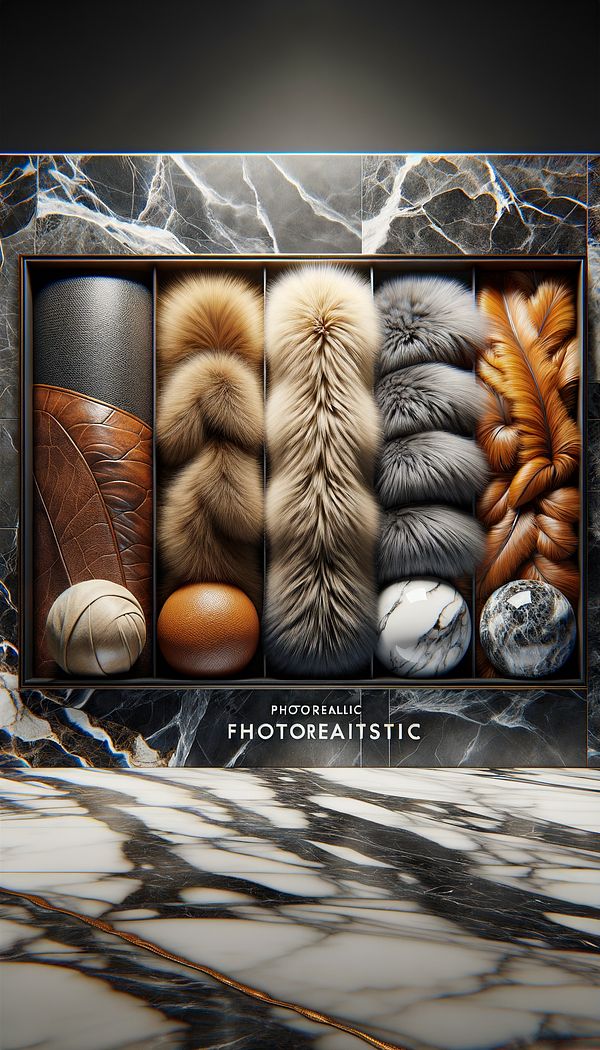What is Faux?
Faux refers to artificial or imitation materials and finishes designed to mimic the appearance of natural or more expensive materials.
Description
In the realm of interior design, faux is a term that encompasses a wide variety of synthetic or imitation materials and finishes, from faux leather and faux fur to faux marble and faux wood. These materials are crafted with the intention of replicating the look and sometimes the texture of real, often more costly materials without the associated expense or maintenance requirements. The advent of advanced manufacturing techniques has significantly improved the quality and realism of faux materials, making them a popular choice in both residential and commercial spaces.
Using faux materials can be an environmentally friendly and ethical choice, as they often avoid the use of animal products and can be more sustainable than their natural counterparts. They also offer flexibility in design, allowing for the incorporation of luxury aesthetics into a project on a more modest budget. Faux finishes, such as faux painting techniques that imitate the appearance of wood grain or marble, can add depth and interest to walls, floors, and furniture.
Usage
Faux materials are commonly used in the production of furniture, like faux leather sofas and faux fur throws. In terms of finishes, faux wood beams can add rustic charm to ceilings without the weight and expense of real wood, while faux marble countertops offer the luxe look of marble without the high cost and maintenance. Faux painting techniques are also used to create visual textures on walls and ceilings, imitating materials like stone, brick, and metal.
FAQs
-
Are faux materials less durable than real ones?
Not necessarily. Many faux materials are designed to be durable and may even offer advantages over their real counterparts, such as ease of maintenance and greater resistance to wear and staining.
-
Can faux materials be sustainable?
Yes, many faux materials are created with sustainability in mind, using recycled materials and processes that have a lower environmental impact than the production of natural materials.
-
Do faux materials only imitate the appearance of natural materials?
While faux materials often aim to replicate natural materials, they can also mimic the look of more expensive, man-made materials, offering a cost-effective alternative for achieving a variety of design aesthetics.
Practical Application
Consider the use of faux materials when looking to achieve a specific aesthetic or texture in your design project without overextending the budget. Be mindful of the quality and source of faux materials to ensure they meet your project's durability and sustainability criteria. For faux finishes, experimenting with different techniques on a small scale before applying them broadly can help achieve the desired effect.
-
Design Styles478 articles
-
Decorative Techniques322 articles
-
Materials & Textiles360 articles
-
Wall Treatments & Finishes157 articles
-
Sustainability & Eco-Friendly Design69 articles
-
CushionA soft, padded textile item designed for support or decoration.
-
VasselierA vasselier is a type of freestanding furniture.
-
ReturnIn interior design, return refers to a detail where a material or element wraps around a corner or edge, creating a continuous look.
-
ChannelingChanneling is a distinctive decorative technique used in upholstery and furniture design.
-
MoroccanMoroccan refers to a design style influenced by the culture, architecture, and art of Morocco.
